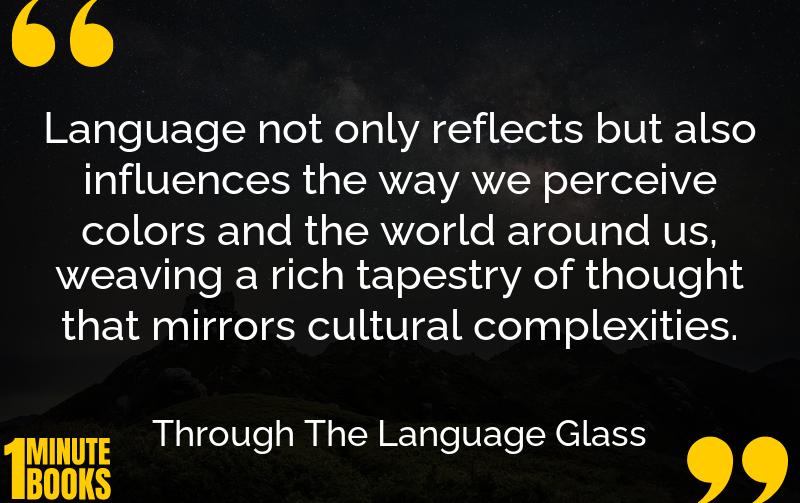
The book explores how language shapes perception, focusing on color. It examines cultural differences, gendered nouns, and spatial relations, showcasing language’s influence on human thought.
Main Lessons
- Language directly impacts our perception of colors and reality.
- Ancient Greek language had a limited color vocabulary, influencing their perception.
- Color words in various cultures developed in a specific sequence.
- Cultural methods affect color categorization and perception.
- Linguistic relativity suggests language shapes thought and perception.
- Complexity in language can reflect social structures.
- Gendered nouns influence thought processes and memory in speakers.
- Spatial language in different cultures can alter perception of space.
- Studies show linguistic influence on color processing and perception.
- Language mirrors cultural intricacies and shapes experiences.
- Despite differences, languages require different expressions, affecting thinking.
- Language is a powerful tool in understanding human cognition.
- The absence of certain words can affect how concepts are understood.
- Each language offers a unique perspective of the world.
- Perception and language work together to shape cognitive experiences.








